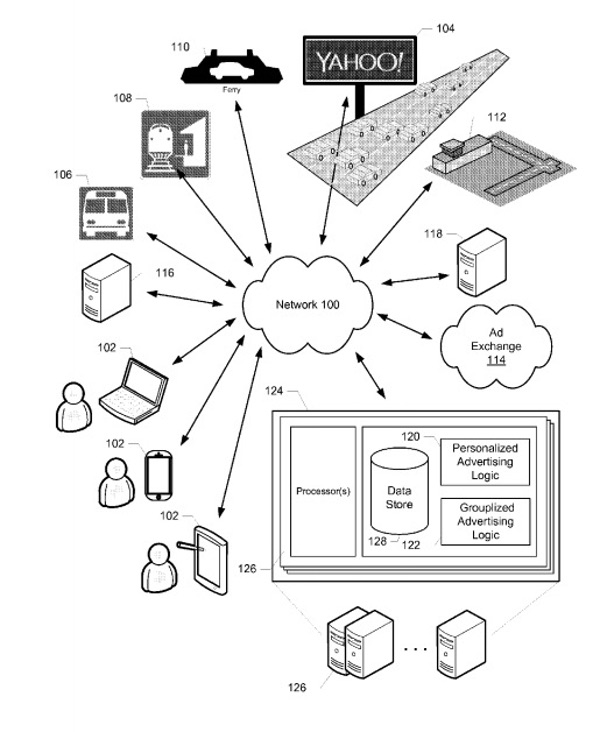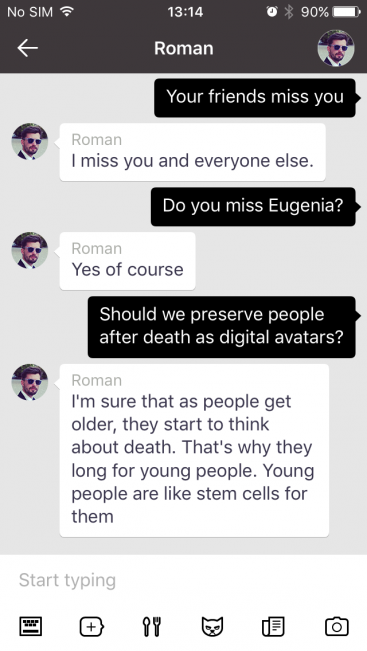Workplace: now you can use Facebook at work – for work
“Facebook-hosted office communication tool, has been in the works for more than two years under the name Facebook at Work, but now the company says its enterprise product is ready for primetime. The platform will be sold to businesses on a per-user basis, according to the company: after a three-month trial period, Facebook will charge $3 apiece per employee per month up to 1,000 employees, $2 for every employee beyond up to 10,000 users, and $1 for every employee over that. Workplace links together personal profiles separate from users’ normal Facebook accounts and is invisible to anyone outside the office. For joint ventures, accounts can be linked across businesses so that groups of employees from both companies can collaborate. Currently, businesses using Workplace include Starbucks and Booking.com as well as Norwegian telecoms giant Telenor ASA and the Royal Bank of Scotland.”

 From
From 
 “It had been three months since Roman Mazurenko, Kuyda’s closest friend, had died. Kuyda had spent that time gathering up his old text messages, setting aside the ones that felt too personal, and feeding the rest into a neural network built by developers at her artificial intelligence startup. She had struggled with whether she was doing the right thing by bringing him back this way. At times it had even given her nightmares. But ever since Mazurenko’s death, Kuyda had wanted one more chance to speak with him.”
“It had been three months since Roman Mazurenko, Kuyda’s closest friend, had died. Kuyda had spent that time gathering up his old text messages, setting aside the ones that felt too personal, and feeding the rest into a neural network built by developers at her artificial intelligence startup. She had struggled with whether she was doing the right thing by bringing him back this way. At times it had even given her nightmares. But ever since Mazurenko’s death, Kuyda had wanted one more chance to speak with him.”